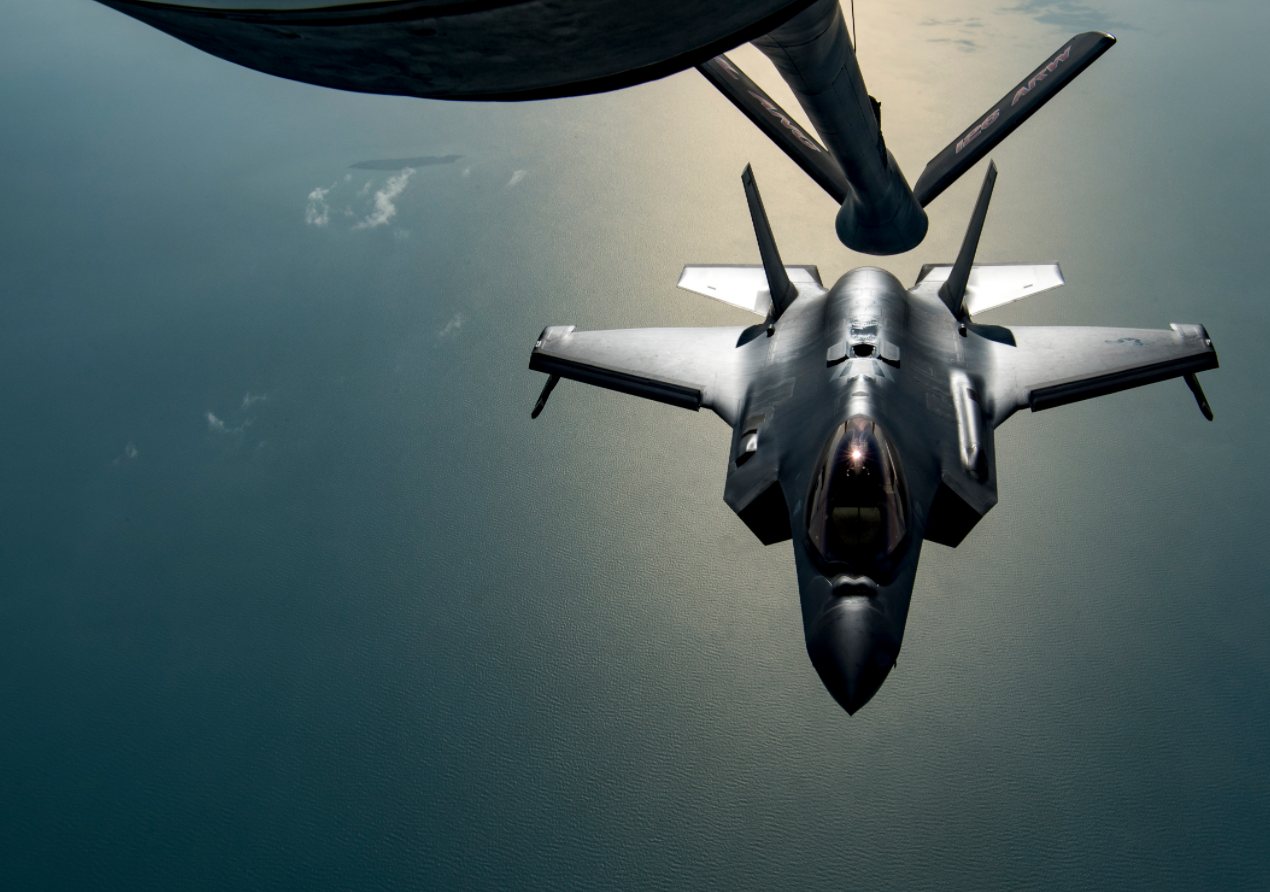DoD pushing Congress to give more budget flexibilities
Defense officials are asking Congress to provide additional budget flexibilities they need to to acquire capabilities at a faster pace.
Despite ongoing budget uncertainty across the federal government, the military services are going all in on trying to get Congress to help them with budget flexibilities.
For example, the Air Force has over a dozen new programs it can’t start without congressional authorization. A legislative initiative called “quickstart” the service currently has before Congress would allow it to begin work on certain initiatives while waiting for a full appropriation.
While the initiative is not aimed at continuing resolutions but at the budgeting process, operating under a CR further delays already lengthy timelines.
“One of the things in the Department of the Air Force we’ve really been striving for is the ability to have a little bit more agility and how we spend the money. We see opportunities in front of us, but we’re in the wrong part of the budget cycle. By the time you do it, you get it in the system, and you see it three years later,” Air Force Chief of Staff Gen. David Allvin said during the McAleese Defense Conference on March 7.
“I’m hoping [the quickstart initiative] is a pathfinder to where Congress will still have the appropriate oversight and controls to be able to build that trust and we can develop that within the rules that they’re giving us. And we can show that we can responsibly apply resources to something that is going to be of greater effect, because we found it in between rigid cycles that happen in the budgeting process.”
Similarly, the Army needs more agility in the procurement process, especially when it comes to acquiring unmanned aerial systems, counter-UAS capabilities and electronic warfare technologies.
Army Chief of Staff Randy George said the service will work with Congress to consolidate funding lines under broader categories, which would streamline the funding process and allow the service to prototype new technologies more rapidly.
“Are we buying things in the right way? I think we need to be a little bit more agile. There’s some things that we need to do inside the Army, but we’re going to have to ask Congress to do some things,” George said. “But first and foremost, we need an on time budget and predictable funding. Our ability to be agile is significantly limited.”
The services, however, are making progress on moving from prototyping to production at a faster pace, mainly due to new authorities given by Congress that are finally becoming fully operational within the department.
“It took a while. The previous administration did great work doing the regulatory and the internal process policy work to make those authorities usable. And we’ve now been able to run with those even faster and faster every day,” Doug Bush, the assistant secretary of the Army for acquisition, logistics and technology, said.
The middle-tier acquisition pathway, implemented by DoD in 2018, allows the services to get to production more quickly. The Air Force’s hypersonic cruise missile program, for example, was initiated and is being pursued as an MTA. Allvin emphasized that the goal is to move beyond the prototype stage, and just because a program such as this one is an MTA doesn’t mean the service doesn’t intend to transition it into a full-scale production program.
At the same time, the software acquisition pathway provides everything a project management office needs to rapidly develop and deliver software capabilities.
“That one’s kind of snuck up on the system. That is in many ways more radical than the middle tier pathway, but foundational to doing software in a modern way, the way industry does it, the way we have to do it. We have to meet you where you are to do software better,” Bush said.
Flexible rapid contracting, however, is what the department currently needs help with from Congress. The department uses flexible rapid contracting in cases of emergency such as COVID response, but defense officials want to use those flexibilities more broadly
“The Army, as part of a big team in the COVID response, was a critical part of that success to acquire and distribute vaccines for the whole country. That was a contracting win, the contracting professionals in your Army did that. However, we want to make that more normal,” said Bush.
While the department has been utilizing new authorities given by Congress to acquire capabilities at a more rapid pace, the need to continuously upgrade technology and the ability to quickly pivot presents a challenge.
“That presents some tensions. This is a new challenge, I think the economics of which are starting to work its way through the system,” Camarillo said. “We’ve got to look ahead to experimenting with different buying models.”
Copyright © 2025 Federal News Network. All rights reserved. This website is not intended for users located within the European Economic Area.






